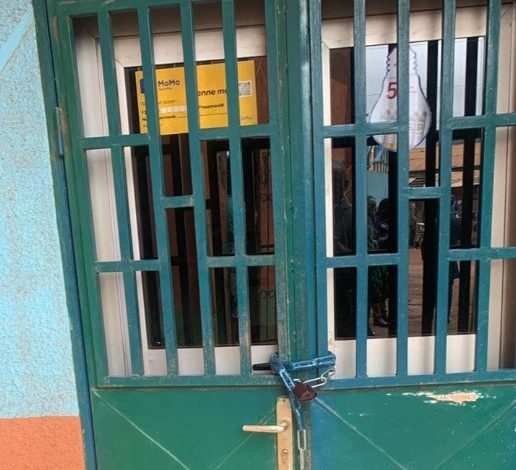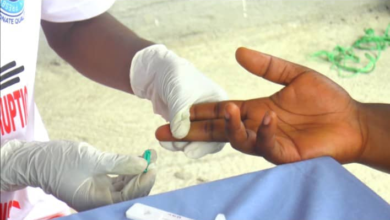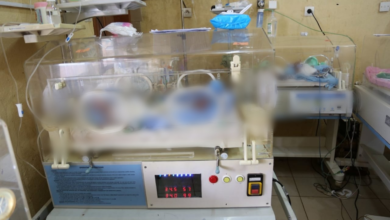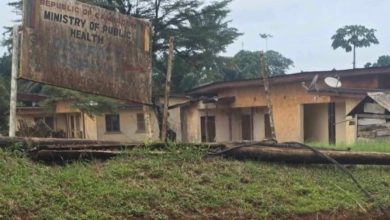St. Joseph hospital says institution sabotaged on patient’s case

The Saint Joseph Clinic in Mendong, Yaounde, has found itself at the center of a growing controversy following the public exposure of a patient’s dire condition. The clinic has vehemently denied allegations of negligence, instead presenting a narrative of a complex situation involving a patient with significant injuries and financial constraints.
The saga unfolded when Nfor Laura, a victim of a hit-and-run accident involving a HYSACAM refuse collection truck, was brought to the clinic on June 3, 2024. The clinic claims to have initiated treatment promptly, with HYSACAM providing an initial payment of FCFA 300,000. However, the company failed to follow up on the case.
The clinic’s statement further asserts that treatment continued without interruption, save for two instances when care was temporarily suspended due to unpaid bills. The situation escalated dramatically when Laura’s sister visited in late July and discovered maggots in the patient’s wounds, prompting a social media outcry.
The Wimbum Cultural and Development Association (WIDUCA) responded to the crisis by settling the outstanding medical bills. While acknowledging the clinic’s initial efforts, WIDUCA expressed deep concern over the apparent neglect that led to the patient’s deteriorating condition.
Amidst the public uproar, the clinic has faced intense scrutiny, including a shutdown order from the Ministry of Public Health. The facility’s administration maintains that they were victims of media sabotage, citing the subsequent apology from Laura’s sister and the ongoing investigation by WIDUCA.
The case has ignited a broader debate about the role of media in exposing healthcare deficiencies versus potentially damaging reputations. While the clinic’s actions in rescuing Laura are undeniable, the subsequent neglect, as evidenced by the maggot-infested wounds, has raised serious questions about the quality of care provided.
The incident serves as a stark reminder of the challenges faced by healthcare institutions in resource-constrained environments and the importance of patient care, even in difficult circumstances. As the investigation unfolds, it is crucial to establish the full extent of the clinic’s responsibility and to implement measures to prevent similar occurrences in the future.
The case has also highlighted the power of social media in driving public awareness and demanding accountability. It remains to be seen how this incident will shape the healthcare landscape in Cameroon and the role of media in holding institutions accountable.
”




